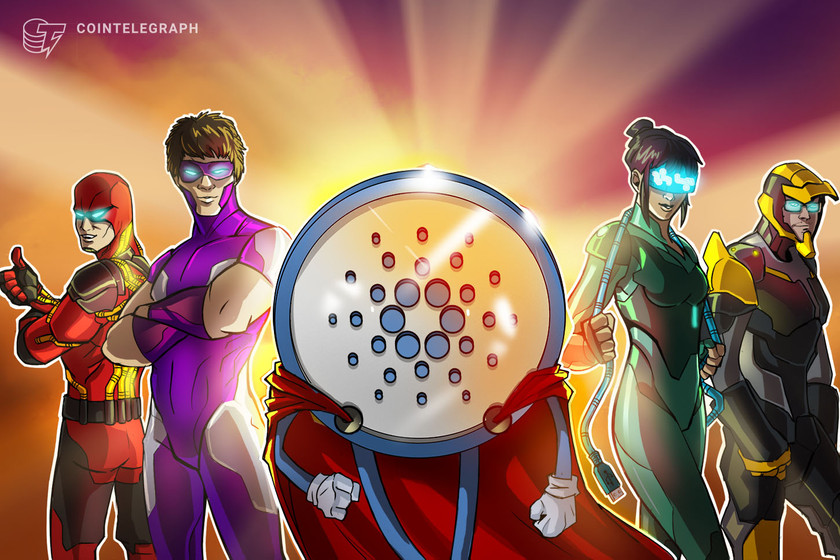Cardano’s MuesliSwap introduces ‘organic APR,’ drawing praise, criticism

The new feature increases token emissions if more liquidity is put into the pool. Crypto Twitter is divided, to say the least.
Cardano’s decentralized exchange has announced a new feature to draw in liquidity.
Called “organic APR,” the feature increases token emissions as more liquidity is put into the pool, according to a Twitter thread from the team. It will be introduced into a single pool on Dec. 8 and may be offered in other pools later. The new feature has elicited praise from some Cardano users, but others have expressed dissatisfaction with it.
We have developed something special for you! Organic APR
Introducing Organic APR in one sentence:
The more people contribute to a pool, the higher the APR
Why do we need it? And how would this work? Check out this thread for more information.
— MuesliSwap (@MuesliSwapTeam) December 6, 2022
The team argued that organic APR is necessary because, without it, users would not be incentivized to proselytize for the exchange. The MuesliSwap team explained:
“Users [of an exchange without organic APR] want to provide liquidity to earn rewards. But more liquidity providers means earning a smaller part of the emission. Consequently, there is no incentive to spread the word and onboard more users. They will only reduce the APR for early adopters.”
Some Cardano users have praised the new feature. For example, one user called it “a cool innovation” and another called it “ingenious.”
if i understand correctly, instead of releasing from the get go all the emission rate, and in the beginning there are insane aprs but it goes down quickly.
you start slowly, and only release full apr when you reach the liquidity target?
ingenious!
— ADA goldfish (@cardanogoldfish) December 7, 2022
But others have criticized the new feature, claiming that it provides unsustainable yields and will cause inflation.
A critic tweeted that the team’s explanation is unclear, asking “Will you make it transparent how many tokens are left and for how long it will last?” And another user stated his dissatisfaction bluntly: “Printing fake value thru inflationary emissions is everything that’s wrong with defi. This isn’t the way forward.”
Printing fake value thru inflationary emissions is everything that’s wrong with defi. This isn’t the way forward.
— AltAnon95 (@AltAnon95) December 7, 2022
In its thread, the team defended itself against charges of inflationary money-printing. It said that token emissions will stop once a cap is reached, stating:
“More participation = faster drain. But emission is capped. The maximum emission will never be exceeded and can give a minimum (!) duration for the yield farming.”
The team also claimed that APR will not fall dramatically once the cap is reached, since trading volume will have increased by that time, bringing in more transaction fees.
Related: New Cardano algorithmic stablecoin evokes old fears for the community
Cardano developers have been trying to make upgrades to attract new users over the past few months. In September, the network implemented a hard fork to increase transaction speeds and stability. And on Nov. 21, developer Djed announced that it will release an algorithmic stablecoin on Cardano in early 2023. The stablecoin will be pegged to the U.S. dollar and backed by the network’s native token, ADA.



